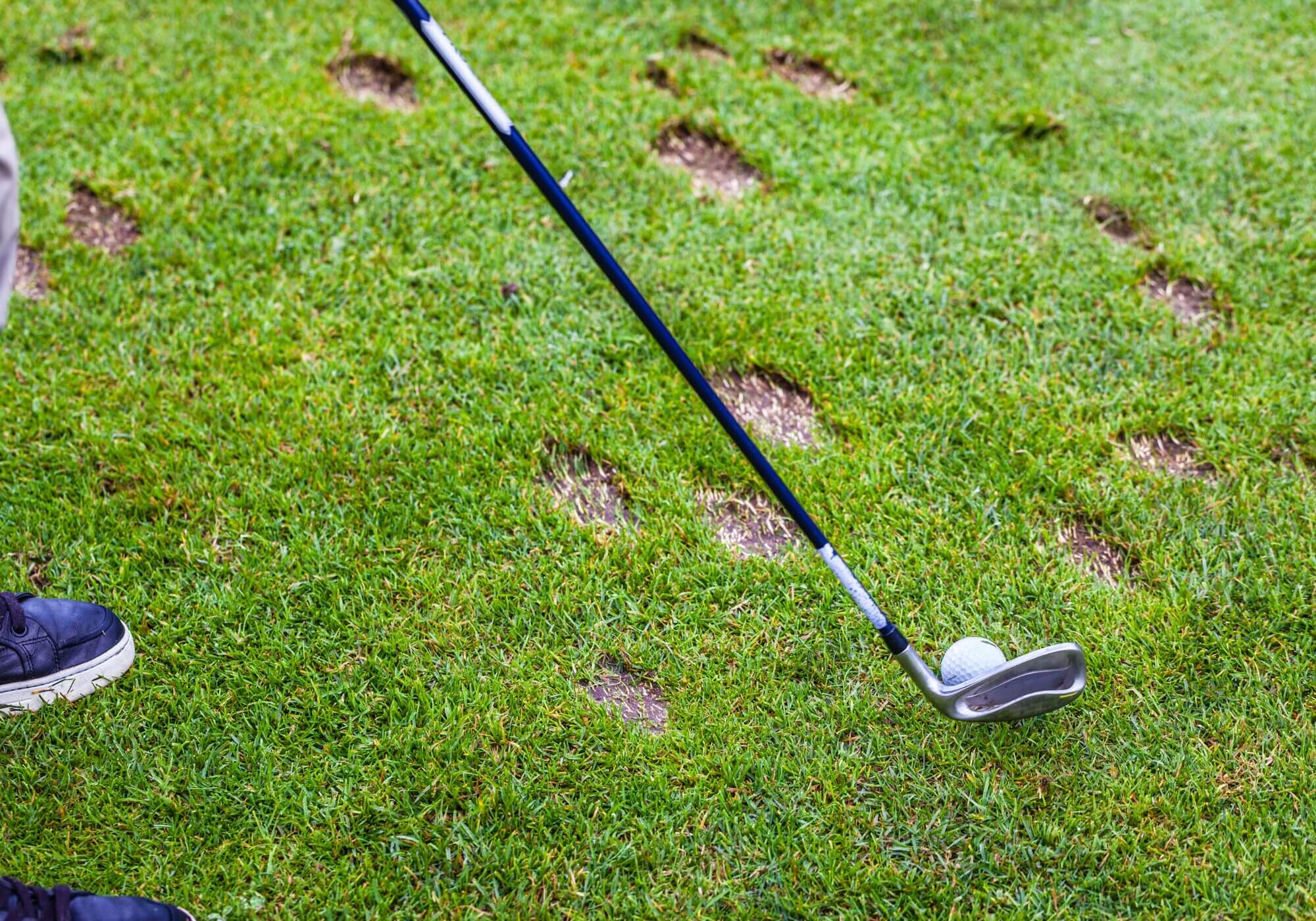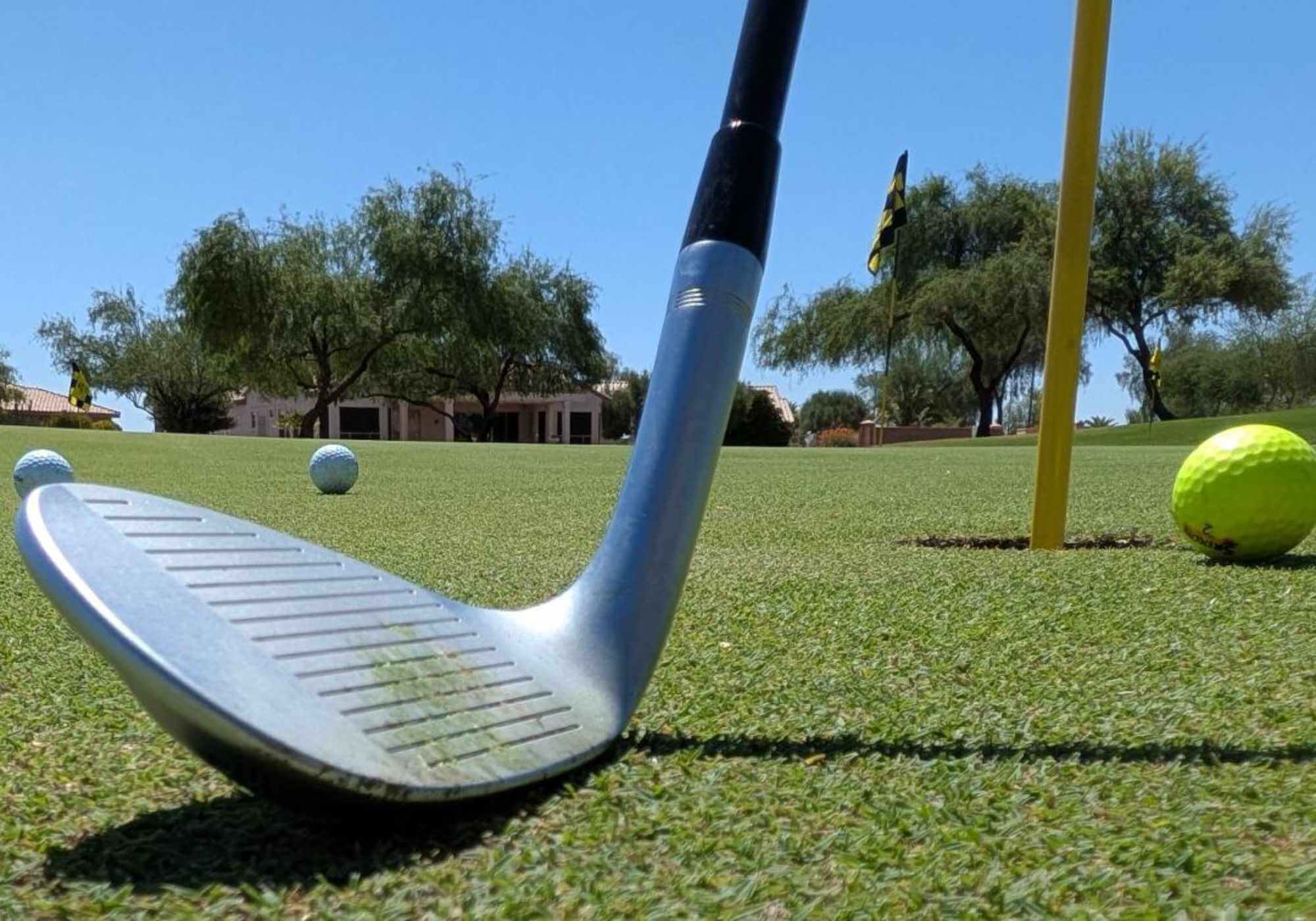Before you go buying new clubs because you’re struggling with the ones you have, consider the possibility that the lie angle of your current clubs is the culprit. Here are six signs the way your clubs sit at impact could be causing your woes.
You always miss the same direction
While having a consistent miss may make you feel like you’ve become a more consistent player, chances are it could be your lie angle keeping you from getting a perfect shot.
- Too upright (toe up): Ball starts left and may hook.
- Too flat (heel up): Ball starts right and may fade or slice.
Bending the lie angle can shift the strike location and lead to fewer misses.
Your divots are toe-deep or heel-deep
Divots are an underrated diagnostic tool. If you’re lucky enough to practice at a grass driving range, pay attention to your divot pattern.
- Toe-deep divots mean your lie angle is too upright.
- Heel-deep divots could mean your lie angle is too flat.
- If the front edge of your divot points left or right of target, the lie angle is likely tilting the face at impact.

Strike marks are always off-center
Clubface tape or a chalk line on the ball can reveal lie-angle problems.
- Impact toward the heel often means the club is too upright.
- Impact toward the toe? The club is too flat.
Your wedges behave differently from your irons
Lie angle problems show up more in wedges than anywhere else.
Higher loft amplifies directional change. Most pros play their wedges flatter than their irons to keep start lines neutral. If your wedges pull left or push right on “perfect” swings, the lie could be the reason.

The club looks off at address and feels off through impact
Address position isn’t everything. However, if you think you see something that isn’t correct, it’s worth checking out. A club that looks toe-up or toe-down and produces directional misses is worth checking. A bad lie angle can make a club feel awkward in your hands, even if you can’t explain why.
Quick DIY check
The Chalk Pen Test is an easy way to check if you have an issue with your lie angle. Draw a straight line on the ball and set it up so the line is vertical at address. After the shot, see where it marks the face.
- Tilt toward toe → Too upright.
- Tilt toward heel → Too flat.
- Vertical → Close to correct.
The bottom line
“Lie angle” isn’t just clubfitting jargon. The lie angle directly affects accuracy, strike quality and consistency. Sometimes static measurements at address can be misleading so make sure to get your lie angle dynamically checked with a fitter.
The post 6 Signs Your Misses Are A Lie Angle Problem appeared first on MyGolfSpy.
